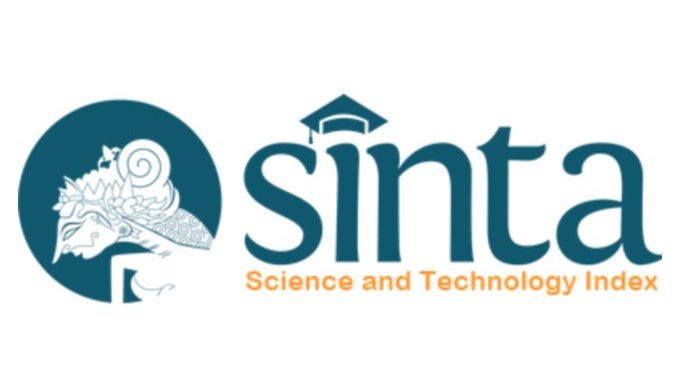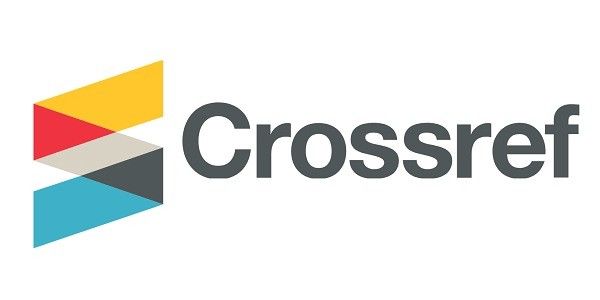Conventional Low Intensity Pulsed-Ultrasound Therapy Increases Osteoblast, Serum Alkaline Phosphatase, and Serum Calcium Levels in Fracture Healing Process
DOI:
https://doi.org/10.55175/cdk.v45i3.807Keywords:
Alkaline phosphatase, calcium, fracture, osteoblast, ultrasoundAbstract
Introduction: Application of ultrasound waves to improve bone healing generally use specific bone stimulator equipment not available in Indonesia. Frequency and duration of therapy from previous studies are very difficult to apply in clinical practice. This study aims to observe the therapeutic effect of conventional low-intensity pulsed-ultrasound to osteoblast, alkaline phosphatase, and serum calcium levels. Method: Thirty six male white rats were divided into three groups (control, USD 5x/week, and USD 3x/week). Tibial fracture in ultrasound groups were treated 3x/week and 5x/week with ultrasound waves (1 MHz, pulsed mode, 20% of duty cycle, intensity of 0.2 W/cm2, duration 10 minutes, stationary) for 3 weeks. Callus tissue and blood from all animals were assessed quantitatively using histological and biochemical analyses. Result: Significant differences (p<0.05) in the average number of osteoblasts, level of alkaline phosphatase, and serum calcium among all three groups. Conclusion: Conventional low intensity pulsed-ultrasound either 5x/week or 3x/week improve bone healing process.
Pendahuluan: Penggunaan gelombang ultrasonik untuk memperbaiki penyembuhan tulang umumnya menggunakan alat stimulasi khusus yang tidak tersedia di Indonesia. Frekuensi dan durasi terapi penelitian sebelumnya sulit diterapkan dalam praktik klinis. Tujuan penelitian ini adalah untuk membandingkan efek stimulasi gelombang ultrasonik menggunakan alat terapi konvensional ultrasound diathermy (USD) antara kelompok kontrol, kelompok perlakuan USD 5x/minggu dan 3x/minggu terhadap jumlah osteoblas, kadar alkali fosfatase, dan kalsium serum. Metode: Sejumlah 36 ekor tikus putih jantan dibagi tiga kelompok (kontrol, USD 5x/minggu, dan USD 3x/minggu). Fraktur tibia pada kelompok ultrasound diterapi 3x/minggu dan 5x/minggu dengan gelombang ultrasonik (1 MHz, pulsed-mode, 20% duty cycle, intensitas 0,2 W/cm2, durasi 10 menit, stasioner) selama 3 minggu. Jaringan kalus dan darah semua hewan dinilai secara kuantitatif dengan analisis histologi dan biokimia. Hasil: Ada perbedaan signifikan (p <0,05) jumlah rata-rata osteoblas, kadar alkali fosfatase, dan kalsium serum antara ketiga kelompok. Simpulan: Terapi konvensional dengan pulsed-ultrasound intensitas rendah frekuensi 5x/minggu ataupun 3x/minggu memperbaiki proses penyembuhan tulang.
Downloads
References
Sousa CP, Dias IR, Lopez-Peña M, Camassa JA, Lourenço PJ, Judas FM, et al. Bone turnover markers for early detection of fracture healing disturbance: A review of the scientific literature. Ann Braz Acad Sci. 2015;87(2):1049-61. doi: 10.1590/0001-3765201520150008.
Fontes-Pereira AJ, Amorim M, Catelani F, Matusin DP, Rosa P, Guimarães DM, et al. The influence of low-intensity physiotherapeutic ultrasound on the initial stage of bone healing in rats: An experimental and simulation study. J Therapeut Ultrasound. 2016;4:24.
Fontes-Pereira AJ, Teixeira RC, Oliveira AJB, Pontes RWF, Barros RSM, Negrao JNC. The effect of low-intensity therapeutic ultrasound in induced fracture of rat tibiae. Acta Ortop Bras. 2013;21:18-22.
Ajai S, Sabir A, Mahdi AA, Srivastava RN. Evaluation of serum alkaline phosphatase as a biomarker of healing process progression of simple diaphyseal fractures in adult patients. Internat Res J Biol Sci. 2013;2(2):40-3.
Warden S. A new direction for ultrasound therapy in sports medicine. Sports Med. 2003;33(2):95-107.
Warden SJ, Fuchs RK, Kessler CK, Avin KG, Cardinal RE, Stewart RL. Ultrasound produced by a conventional therapeutic ultrasound unit accelerates fracture repair. Physical Ther. 2006;86:1118-27.
Michlovitz S, Sparrow K. Therapeutic ultrasound. In: Michlovitz S, Bellew J, Nolan T, eds. Modalities for therapeutic intervention. 5th ed. Philadelphia: F.A. Davis Co; 2005. p. 85-106.
Basford JR, Baxter GD. Therapeutic physical agent. In: Frontera WR, ed. Delisa’s physical medicine and rehabilitation. 5th ed. Philadelphia: Lippincott Williams and Wilkins; 2010. p. 1696-8.
Bonnarens F, Einhorn TA. Production of a standard closed fracture in laboratory animal bone. J Orthopaed Res. 1984;2:97-101.
Rozen N, Rubin G, Alexander L, Dina L. Development of a new device implementing standardized closed fracture in the rat. Am J Biomed Engineer. 2012;2(6):293-6.
Hoppenfeld S, Murthy VL. Treatment and rehabilitation of fractures. Philadelphia: Lippincott Williams and Wilkins; 2000.
Dradjat RS. Pengaruh gelombang ultrasound intensitas rendah terhadap percepatan fungsionalisasi osteoblas [Disertasi]. Surabaya: Program Pascasarjana Universitas Airlangga; 2002.
Hantoko S, Dradjat RS. The benefit of low intensity ultrasonic wave to fasten callus formation on tibial fractures. Malang: Majalah Kedokteran Unibrawijaya; 2003 .p.19(2).
Rubin C, Bolander M, Ryaby JP, Hadjiargyrou M. Current concepts review: The use of low-intensity ultrasound to accelerate the healing of fractures. J Bone Joint Surg. 2001;83A(2):259-60.
Scott A, Khan KM, Duoniol V, Hart DA. Mechanotransduction in human bone: In vitro cellular physiology that underpins bone changes with exercise. Sports Med. 2008;38(2):139-60.
Ulstrup AK. Review article: Biomechanical concepts of fracture healing in weight-bearing long bones. Acta Orthopaedica Belgica. 2008;74:291-302.
Komnenou A, Karayannopoulou M, Polizopoulou ZS, Constantinidis TC, Dessiris A. Correlation of serum alkaline phosphatase activity with the healing process of long bone fractures in dogs. Vet Clin Pathol. 2005;34:35-8.
Cameron M. Ultrasound. In: Physical agents in rehabilitation from research to practice. Missouri: Saunders; 2003. p. 185-218.
Draper D, Prentice W. Therapeutic ultrasound. In: Prentice WE, ed. Therapeutic modalities for sports medicine and athletic training. 6th ed. New York: McGraw-Hill;2009. p. 206-53.
Downloads
Published
How to Cite
Issue
Section
License
Copyright (c) 2018 https://creativecommons.org/licenses/by-nc/4.0/

This work is licensed under a Creative Commons Attribution-NonCommercial 4.0 International License.





















